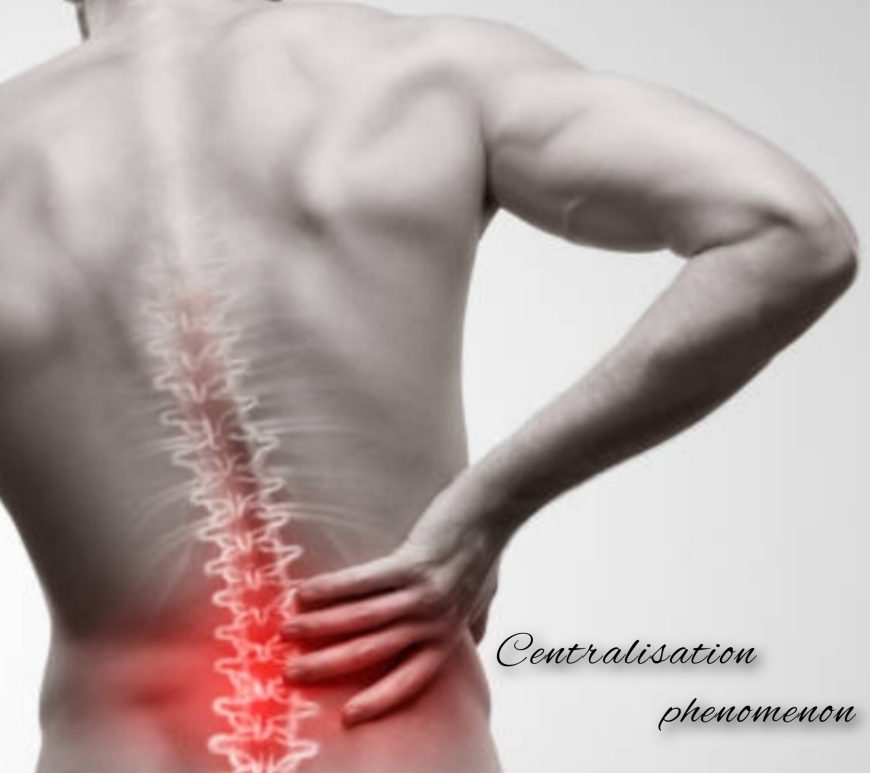Hawkins-Kennedy Impingement Test
Purpose of Hawkins-Kennedy Impingement Test: To determine if there is an impingement in the shoulder joint (1). Patient position: Sitting upright with the affected arm relaxed by the side. Examiner position: Standing beside the patient’s affected side. Procedure: Elevate the affected arm to 90 degrees in forward flexion. Have the patient’s affected arm rest on your arm i.e., have the patient’s affected arm well supported … Continue reading Hawkins-Kennedy Impingement Test

